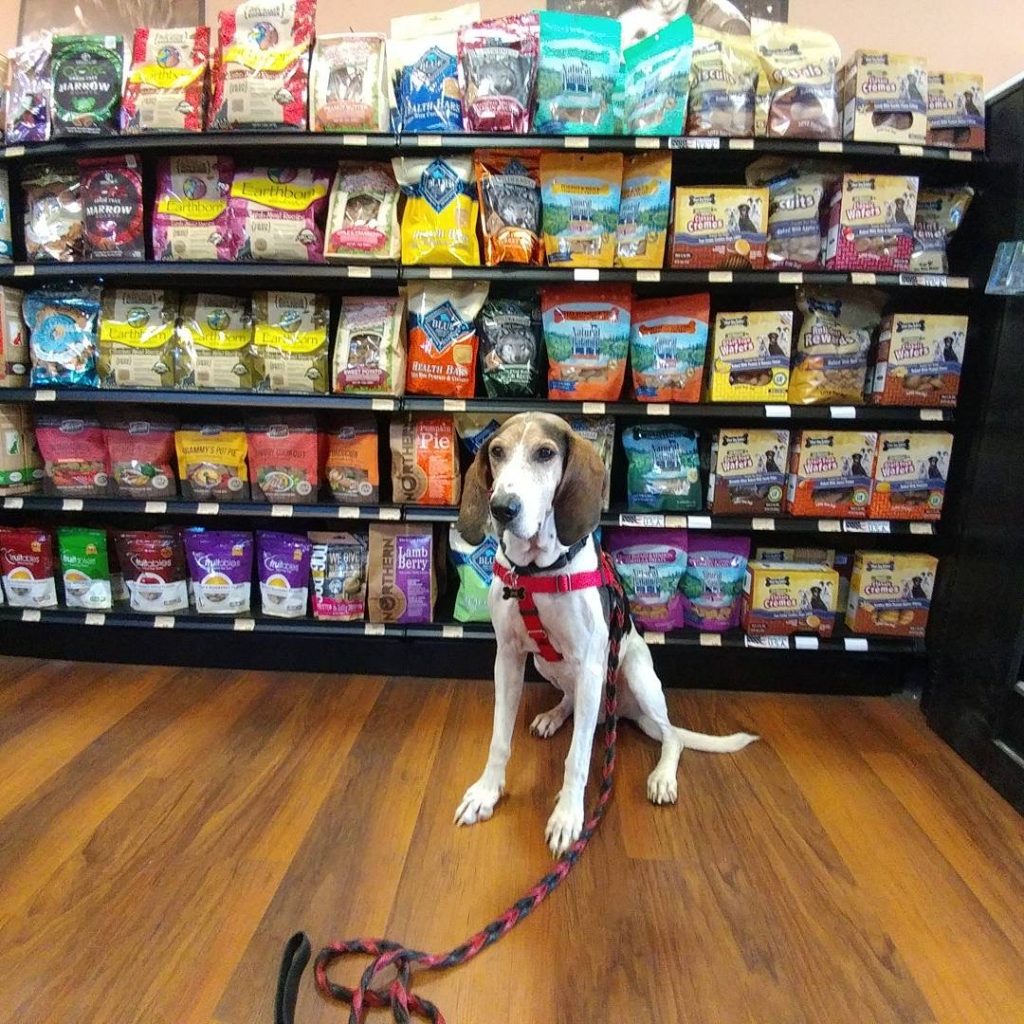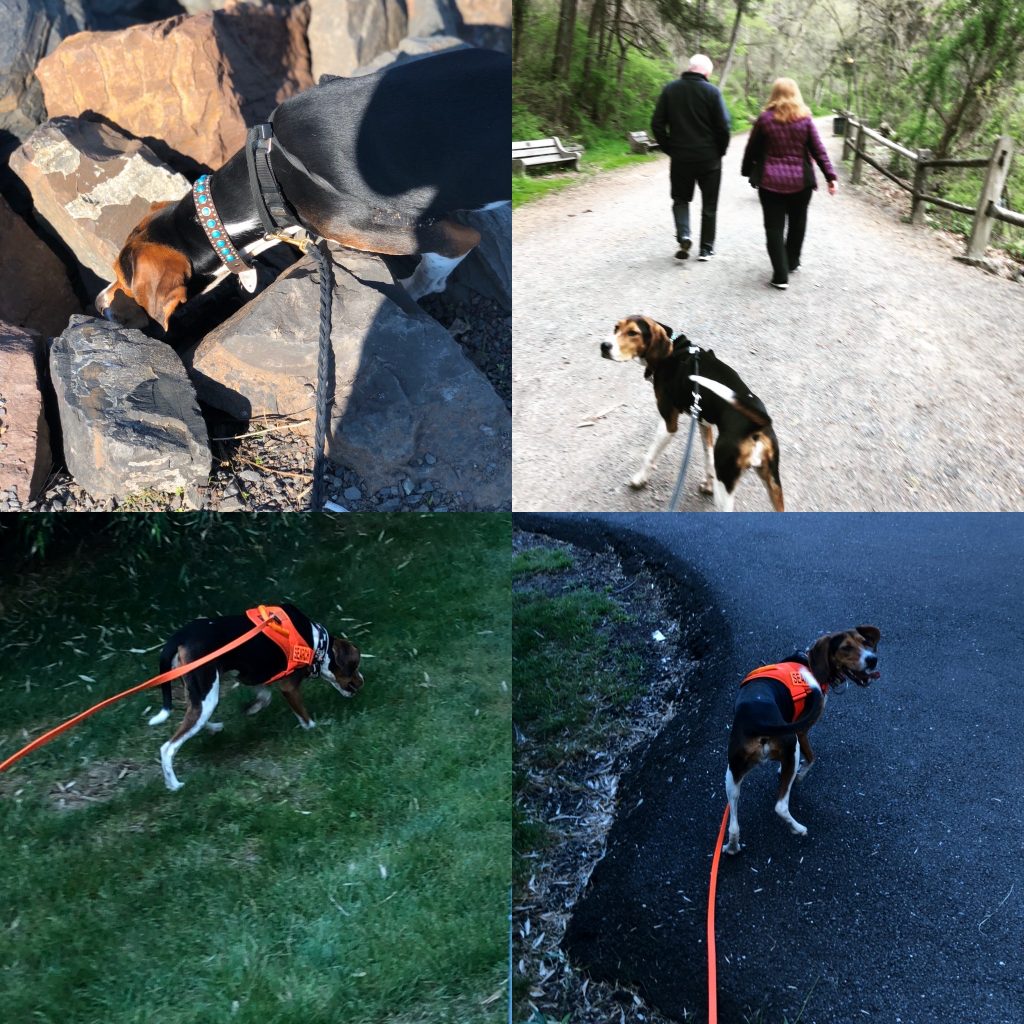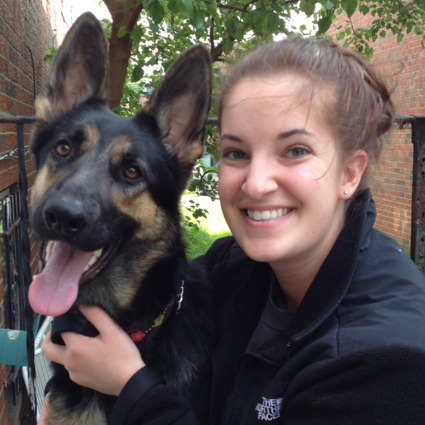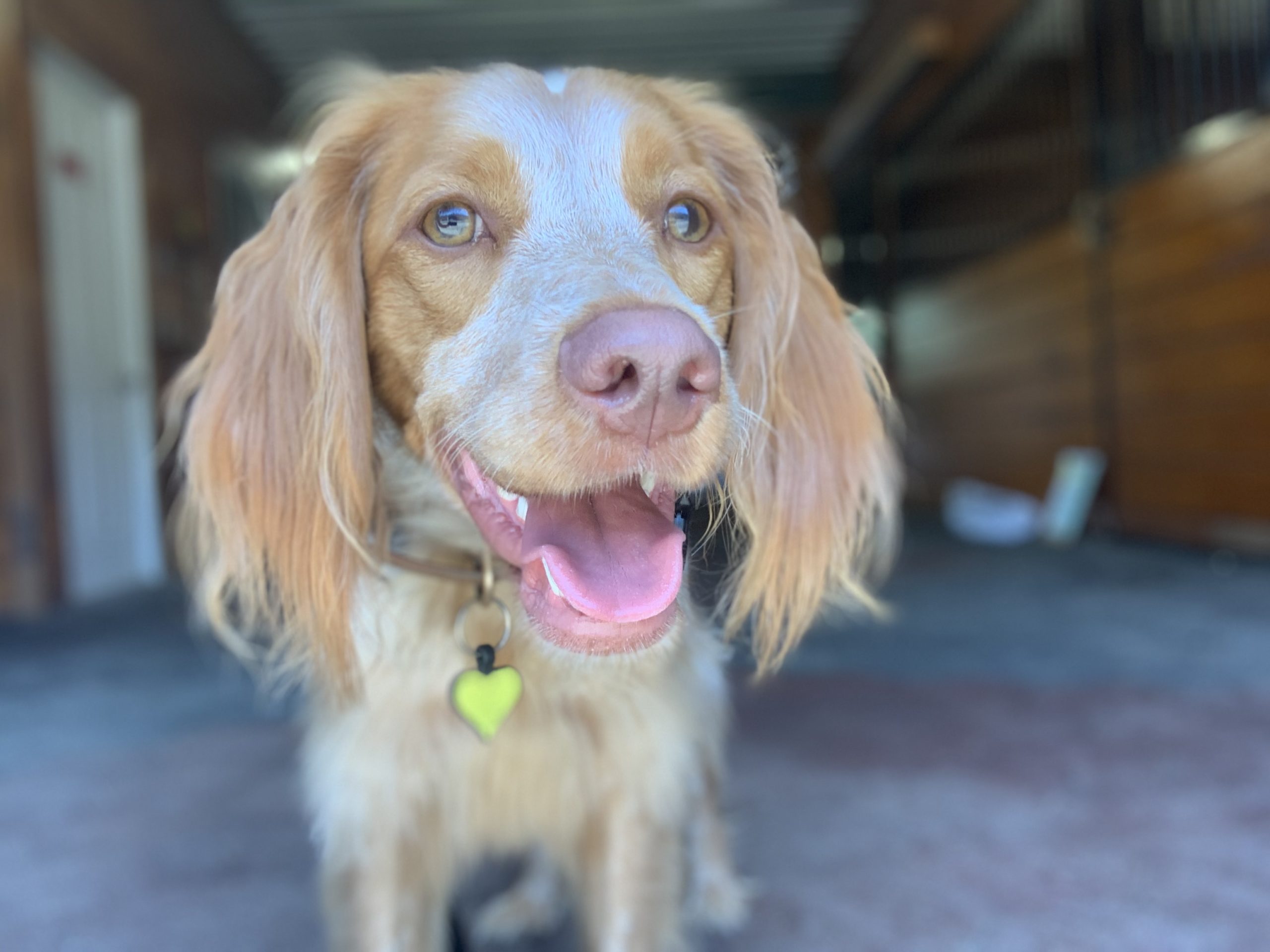We put expectations on everything from vacations to box store bath towels. Why shouldn’t we have expectations for our dogs? Factor in today’s technology-driven world where we’ve been conditioned to immediate response times, and things start to lose their reachability.
I AM the pet parent who believes there is no end to what I can do with my dog. I WAS the pet parent who wanted it all on a predetermined and fast timeline. My dog training life had me organizing my personal dog training schedules like formal lesson plans. Here are four tips for managing your training plan with examples from my own dogs.
Let Your Dog Set the Learning Pace
Never compare the advancement of your own dog’s learning to another. Maybe the border collie in your class learned everything and leveled up in two weeks, but your dog is struggling with holding a down. Maybe your dog is a little nervous of new spaces and needs the time to acclimate. Regardless, don’t worry about what others are doing around you. Focus on you and your dog!
Example: This is Mae Belle, who was rescued at five years old. She is sweet and lovely but had zero training. Once it was time to begin some obedience training, I found myself stuck. I couldn’t even teach her to sit. I called in reinforcements and after a couple of weeks of trying, she did it! I took it slow and made everything positive. Mae Belle went on to be an amazing therapy dog and test dog.

Physical Considerations
A bulldog might not be the best candidate for dock diving. Additionally, we should slowly build endurance. You wouldn’t run a marathon without training and the same can be applied to our dogs.
Example: This is Vegas, a super-smart pitty who loves to do everything fast! “Sit Pretty” is something that dogs don’t do naturally. It takes muscle memory and conditioning. I would only ask her to hold this for a second and slowly increased the hold over time. Once she had it, I moved to other surfaces. Starting on slick surfaces could have left her feeling sore and maybe she wouldn’t enjoy other tricks which ask her to move her body in strange ways. Today, Vegas knows more than 80 tricks.

Avoid Calendar-Based Timelines
Training achievements aren’t reached by marking projected dates on a calendar. It is a journey with endless detours. Reflecting on the journey and where you started can be a powerful motivator. Along the way, you build an unbreakable bond with your dog that will last a lifetime.
Example: This is Lola. People see her and all they want to do is hold and pet her. The problem is she really doesn’t like strangers. With some professional advice from a veterinarian behaviorist, meds and lots of training, this is Lola today. This is more than FOUR years in the making. Can you tell which one is human aggressive?

Knowing the Breed and History
As a trainer, I look at each dog as an individual; however, I also factor in breed characteristics to hopefully help minimize training hiccups. We don’t always know the history, but if we do, use it. A rescued retired racing greyhound might have an incredible chase drive. Counter conditioning this behavior might take months or might not happen at all.
Example: This is Liberty Belle, a Treeing Walker Coonhound. Ever tried to loose leash walk a hound through the woods or in your neighborhood on trash day? Knowing that she is a scent hound, I adjusted my criteria for walks. She can walk in front of me and swing side to side, but she can’t pull my arm out of the socket. Additionally, she had to have a solid “Leave It” and be able to respond to my requests while I was behind her.

Real life is not the 60-minute TV show that trains or rehabilitates dogs in an hour. Take it slow, leverage what you know about your dog, and leverage what they enjoy or have been bred to do. Never, never, never give up working with your dog. Happy training!


